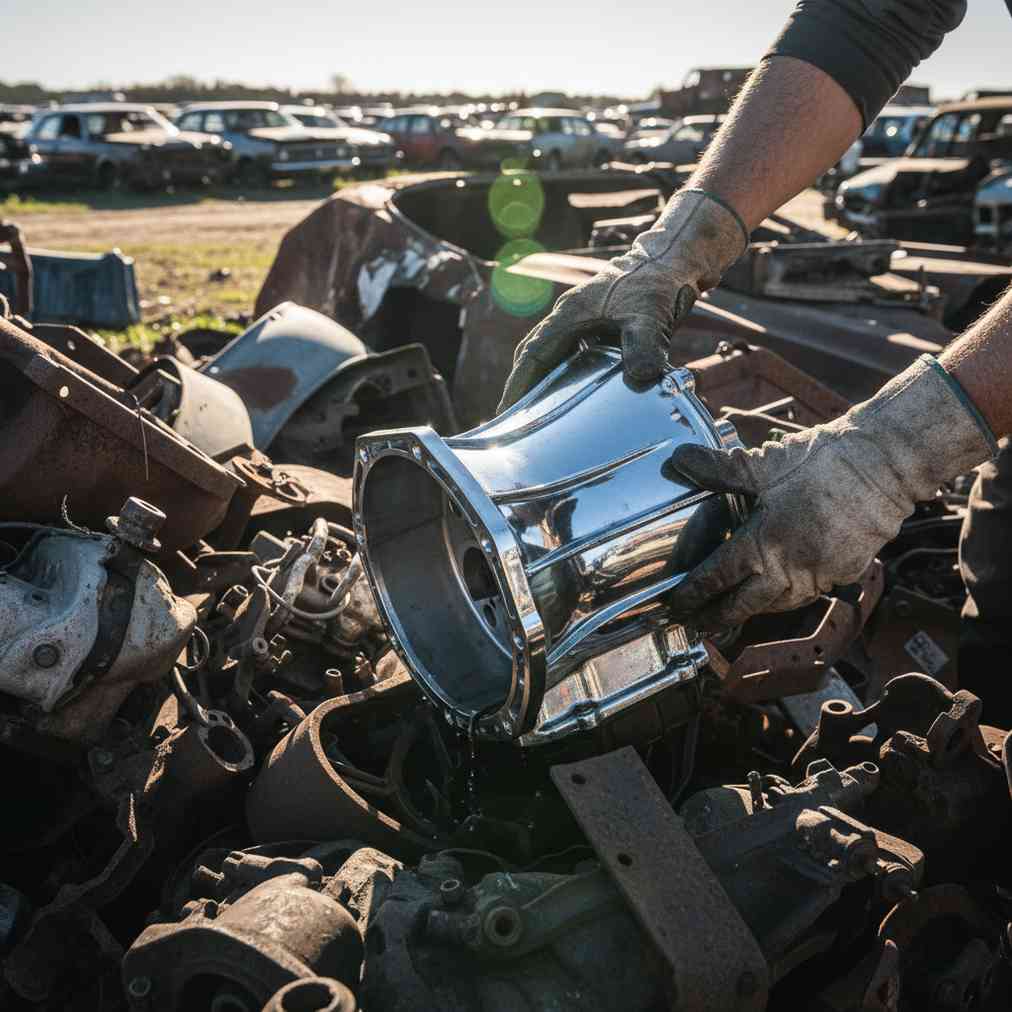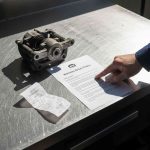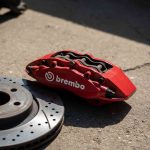The Junkyard Hunter’s Calling: More Than Just Scrap Metal
Step into any salvage yard near me and you’ll discover it’s far more than a repository for discarded metal. For dedicated hobbyists and project car builders, these sprawling, dusty landscapes represent treasure chests filled with automotive archaeology waiting to be explored. The “thrill of the hunt” forms the very foundation of junkyard culture, where the satisfaction of discovery often far outweighs the monetary value of the find itself.
This unique automotive adventure connects builders directly to a vehicle’s history in ways that pristine, restored automobiles simply cannot match. The appeal lies not just in the destination, but in the process itself – the hands-on search, creative problem-solving, and ultimate reward of finding that one crucial part that unlocks an entire build.
The Culture of Automotive Indiana Jones
The junkyard hunting experience is often described as an automotive Indiana Jones adventure, echoing the early days of hot-rodding when passion, grit, and creativity mattered more than perfection. This culture thrives in pick-and-pull yards where enthusiasts can search for themselves, often finding significantly better prices than yards where staff must retrieve parts.
Hobbyists frequent these self-service locations not just for savings, but for the satisfaction that comes from bypassing expensive new or reproduction parts for authentic OEM scores found through determination and a keen eye. The community aspect is equally important – seasoned hunters often share tips and even help newcomers navigate their first junkyard expedition.
“The junkyard is where automotive history lives on, and every part tells a story worth discovering.”
Performance Treasures: High-Value Finds That Make Hearts Race
The potential for incredible finds is virtually limitless, ranging from high-performance upgrades to rare, obsolete sensors that can save both headaches and significant costs. Understanding what to look for can transform a casual browse into a profitable hunting expedition.
Premium Braking Systems
Among the most sought-after finds are Brembo calipers, particularly the coveted 6-piston 17z variety commonly found on Porsche Cayenne or VW Touareg models. These high-performance braking parts can be adapted for significant brake upgrades on various vehicles, often found for under $100 when new ones cost thousands. Research shows these finds represent some of the best value propositions in automotive modifications.
Rare Drivetrain Parts
Project car builders live for discovering complete, rare, or highly desirable transmissions. Finding a six-speed manual transmission in a normally automatic BMW E46 M3 is considered a major score, as these specific units are becoming increasingly difficult to locate. Such finds can save thousands compared to sourcing through specialty dealers.
| Find Category | Typical Savings | Common Sources |
|---|---|---|
| Brembo 6-Piston Calipers | 80-90% off retail | Porsche Cayenne, VW Touareg |
| Manual Transmissions | 60-70% off rebuilt | Performance variants, European models |
| Diesel Sensors | 50-80% off new | Ford 7.3L IDI, older trucks |
| Interior Trim | 70-90% off dealer parts | Luxury vehicles, discontinued models |
The Small Parts That Make Big Differences
While major mechanical parts grab attention, seasoned hunters know that small electronic parts often provide the most satisfying victories. An IDI diesel sensor, such as the Engine Coolant Temperature (ECT) sensor on a Ford 7.3L IDI, may seem insignificant but when faulty, can cause severe running issues including hot-start problems due to incorrect fuel metering.
- Coolant temperature sensors – Critical for proper fuel metering in diesel engines
- Mass airflow sensors – Essential for modern fuel injection systems
- Oxygen sensors – Required for emissions compliance and fuel economy
- Throttle position sensors – Needed for proper engine response
- Crank and cam position sensors – Vital for ignition timing
Finding a good, non-leaking sensor can save significant diagnostic headaches and costs while keeping older vehicles running smoothly for years to come.
Interior and Trim: The Finishing Touches
Beyond major mechanical parts, perfect interior pieces often prove invaluable for restoration projects. A set of seatbelts in “incredibly impressive condition” or a complete, undamaged coolant reservoir might seem mundane, but these details separate amateur builds from professional-quality restorations.
Interior hunting requires patience and a keen eye for quality. Sun damage, wear patterns, and material degradation can render even free parts worthless, while pristine examples command premium prices even in junkyard settings.
The Psychology of Discovery: Why the Hunt Matters
The satisfaction derived from successful junkyard finds operates on multiple levels, creating an almost addictive cycle that keeps enthusiasts returning week after week.
Financial Victory
Scoring high-value parts like Brembo calipers for under $100 when new ones cost thousands represents a clear financial win. However, the psychological reward often exceeds the monetary savings, creating a sense of accomplishment that fuels continued hunting.
Historical Connection
Finding original, unmolested parts provides an artifact-like connection to automotive history. This connection is highly valued over new reproduction parts, as each piece carries the story of its previous vehicle and owner.
Personal Accomplishment
Successfully extracting a difficult-to-reach part or one requiring specialized tools represents a personal victory that transcends the part’s value. These challenges become stories shared within the community, building reputation and expertise over time.
Modern Market Dynamics: The Economics of Hunting
While the market for rough project-condition vehicles can struggle compared to “survivor” cars, the individual part hunt remains remarkably robust. This vitality is driven by hobbyists who recognize the inherent value and historical significance embedded in every salvaged piece.
Interestingly, some yards price parts uniformly regardless of vehicle brand, meaning a BMW part might cost the same as a Ford equivalent. This pricing structure creates opportunities for resellers and smart buyers who understand true market values.
For those looking to sell a junk car rather than hunt for parts, understanding these market dynamics can help maximize the vehicle’s value before it reaches the yard.
Essential Tools and Techniques for Success
Successful junkyard hunting requires more than enthusiasm – it demands preparation, proper tools, and developed techniques. Modern technology and data analysis can even help predict which yards are most likely to have specific parts in stock.
- Socket sets and wrenches – Essential for most removal tasks
- Screwdrivers and picks – For electrical connectors and clips
- Wire cutters and strippers – For harness removal
- Magnetic parts tray – Prevents losing small fasteners
- Work gloves and safety glasses – Protection from sharp edges and debris
- Flashlight or headlamp – Illumination for dark engine bays
Safety First: Navigating Potential Hazards
Junkyard hunting, while rewarding, involves inherent risks that smart hunters always consider. Proper safety equipment and awareness can prevent injuries that could end a hunting career prematurely.
- Wear closed-toe shoes with puncture-resistant soles
- Use cut-resistant gloves when handling sharp metal
- Be aware of fluid leaks that could cause slips
- Watch for unstable stacked vehicles or parts
- Carry a first aid kit for minor cuts and scrapes
The Future of Junkyard Hunting
As the automotive landscape evolves with electric vehicles and advanced electronics, junkyard hunting is adapting accordingly. Big data and AI research are beginning to influence how yards catalog and price inventory, while new research methodologies help hunters identify valuable parts more efficiently.
The fundamental appeal remains unchanged: the thrill of discovery, the satisfaction of resourcefulness, and the connection to automotive history continue to draw new generations of hunters to salvage yards across the country.
Building a Community of Hunters
The junkyard hunting community extends far beyond individual pursuits, forming networks of knowledge sharing and mutual assistance. Online forums, YouTube channels, and social media groups connect hunters worldwide, sharing finds, techniques, and locations.
This community aspect transforms what could be a solitary activity into a collaborative effort where experienced hunters mentor newcomers, rare finds are celebrated collectively, and the preservation of automotive history becomes a shared mission.
Conclusion: More Than Just Parts
Junkyard hunting represents far more than a cost-saving measure or hobby – it’s a connection to automotive heritage, a celebration of resourcefulness, and a testament to the enduring appeal of hands-on discovery. Whether seeking performance upgrades, essential repairs, or restoration pieces, the hunt continues to offer rewards that extend well beyond the parts themselves.
The dusty aisles between rows of vehicles hold countless stories, valuable treasures, and opportunities for those willing to dig deeper than surface appearances. In an age of increasing automotive complexity and cost, the junkyard hunter’s approach of patience, knowledge, and determination offers both practical benefits and deep satisfaction that keep enthusiasts returning for “just one more look.”
For those ready to join this community of automotive archaeologists, remember that every expert hunter started with their first tentative steps into a salvage yard. The hunt awaits, and the next great find could be just one row away.





Leave a Reply
You must be logged in to post a comment.